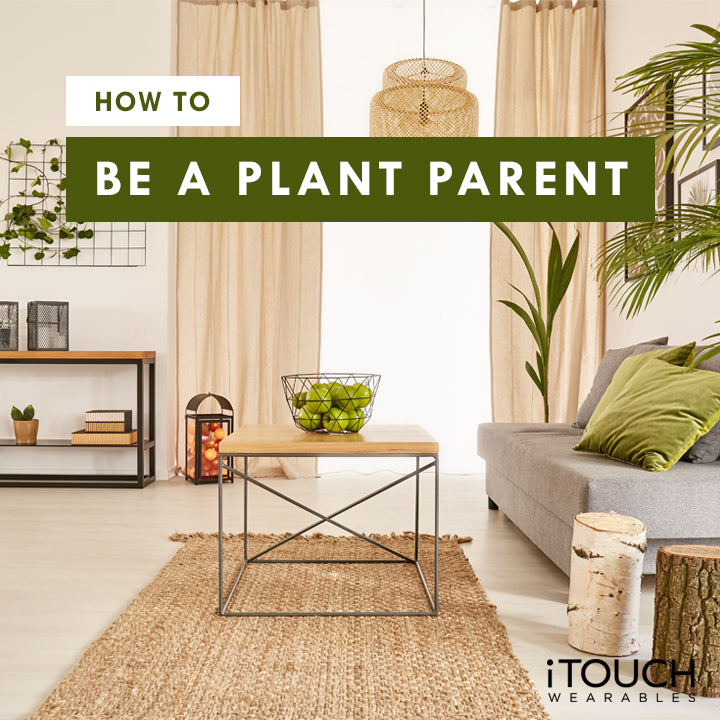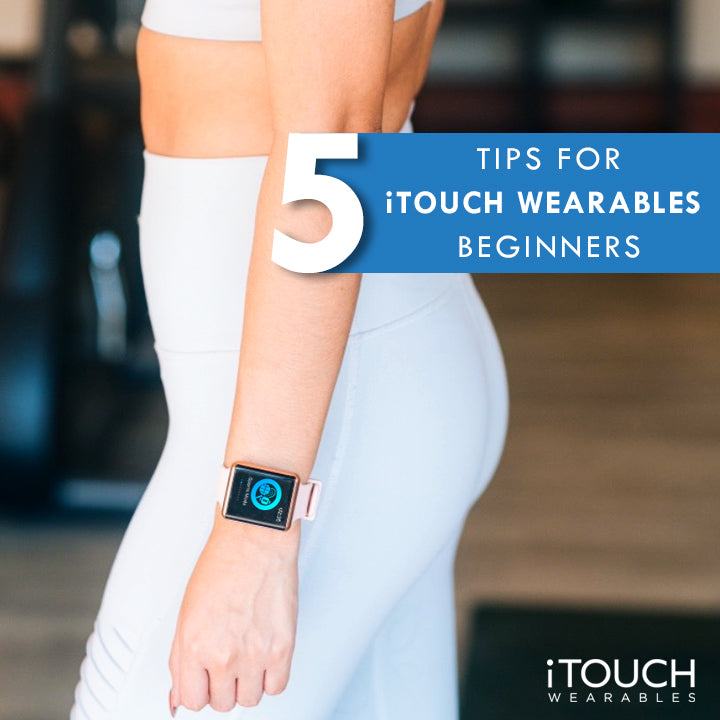
How To Be A Plant Parent
I must confess - I have a secret (or maybe not-so-secret) love for plants and nature. I am such a fan of plants that I have a tattoo of one of my favorite flowers and herbs on my body. I have spent countless hours in greenhouses, plant nurseries, herbaries, and gardens, even devoting a space within my bedroom for three cacti, numerous succulents, and even a few herbs. I cannot exactly remember when my love of plants started, but they have become an essential part of who I am and what I love.
In become a plant parent of my own, I have convinced my friends and family to try to be plant parents for themselves. Why not have a little fun, get some dirt under your nails, and actual do an incredibly rewarding activity where you get to watch something grow in front of you - am I right? It is actually rather easy to become a plant parent, and if you want to start, we got the guide for you. This is "How To Be A Plant Parent: 101."
Do Your Research and Be Patient

I must confess - when I was first starting out in becoming a plant person, the very first thing I did was rush over to my nearest plant nursery and stock up on the coolest plants I could find. I stocked up on succulents, herbs, and even an Elephant Ear Plant (Xanthosoma)! As much as I insanely loved those plants, the Elephant Ear Plant being perhaps my favorite, I did not certainly provide a stable environment in order for it to live. Within maybe one month, I had killed it - and maybe some tears were even shed.
I tell you this story because I do not want you to make the same mistakes that I have. As tempting as it seems to rush over like I did to your nearest plant store, there are numerous things that you need to consider. For example, do you live with pets? There are actually plants that can be toxic to your furry little friends. Get this - there are even plants that can be harmful to your small children if they accidentally eat it. In doing research and taking the tame to ensure you are getting plants to fit your lifestyle and your surroundings can make sure you find success in not killing all your new plant babies.
Learn What Your Plants Will Live In

Another tip for making sure your plants are thoroughly being cared for is by ensuring that they have the proper foundation and home. As silly as it sounds, your plants need a space for their own, a perfect little place to fulfill their needs and their shelter. When you first get your plants, allow for them to get associated with their new environment before you begin to re-pot them. It is suggested that you give them at least up to a month before moving them into a new pot.
During that time, think and research what exactly your plants would need. Would a ceramic pot that allows for excellent drainage be the best solution for your plant? Or do you want a plastic pot that is flexible and can easily retain moisture? Whatever is the best home for your pot, take the time to figure out what works best for it. If you have questions, consult your local nursery and find some articles based on the plants you have found. There are hundreds of outlets for you to discover, take advantage of them when you can.
Find The Right Soil For Re-Potting

A next step for re-potting your plants is to choose the right soil for your plants. You know to move to this step when your plants outgrow their pot and their roots extend out of their pot. Not only does re-potting your plant allow it to sustain the size it has grown into, but it will also aid in providing more room for healthier growth and promotion.
Before re-potting, ensure that you thoroughly water your plant at least one or two days beforehand. When ready to re-pot, research the soils that work best for your plants. There are different mixes and different types of soils for each plant. Take time to find what works for your plants. When you do, you can begin to re-pot your plant.
To expertly re-pot your plant, you should first begin by removing your plant out of the pot it is in. Slide it out carefully, loosening the roots and gently shaking the excess soil off the plant. Pour about a third of the new soil mix into the new planter for your plant, and gently set it in. Pack the remainder of the pot with the remain soil, leaving about an inch or two from the top of the pot. Many plant experts say that the best pot to re-pot your plant in should be about an inch bigger. Meaning, if your plant was in a pot that was 3 inches in diameter, pot it in a 4 inch pot. Anything bigger may require extra watering which can be unhealthy for your plant.
How To Measure The Amount Of Light And Water Your Plant Needs

Every plant is different. Just like humans, every plant requires its own diet - meaning that every plant has its own need for both light, humidity, and water. Some plants require high humidity, high light, and high amounts of water, while others may need low moisture and low light. Making sure you understand exactly what your plants need in order to ensure your plants are healthy.
A large mistake that most plant owners make is over-watering. Resist the urge! You will know if your plants need water by the way your soil feels. If you stick your finger within an inch or two of the soil, you will be able to tell if it is dry or moist. It the soil is dry, your plant may need to be water. Water accordingly however, and learn to avoid drowning your plants! Add water slowly, allowing the plant to gradually soak up the water. If you still think your plant needs water, look out for other signs. The tops of the plants can be an indication of whether your plant needs water or not - look for upright plants that do not show signs of wilting.
When it comes to light, most plants do require direct sunlight, but it is important to make sure your plants are in their natural habitat. Try out different locations in your house to ensure what works best for your plants. If you find that your plants are droopy, and the soil is too moist and as not soaked in, it may need more direct sunlight. Generally plants need to be at least 5-7 feet from a window, even if they are low-light tolerant plants.
Prune Your Plants

Pruning your plants is an important last step in keeping your plants healthy and looking good. Pruning plants can help maintain its shape, keep it at a certain size, and aids in removing any dead foliage. With most plants, you can simply just snip of the dead leaves with your fingers, but that are really excellent shears that can be beneficial for more difficult of plants. At the beginning of every growing season, investigate your plant for any yellow, brown, dried-out, or visibly damaged roots and leaves. This will make sure your plant will remain healthy throughout the season, and grow into something truly wonderful.
Share with us if you want to become a plant parent and plant friend by tagging us on Instagram @itouchwearables and Facebook @itouchwearables. Also, be sure to check out our new articles published daily!
-Patrick


